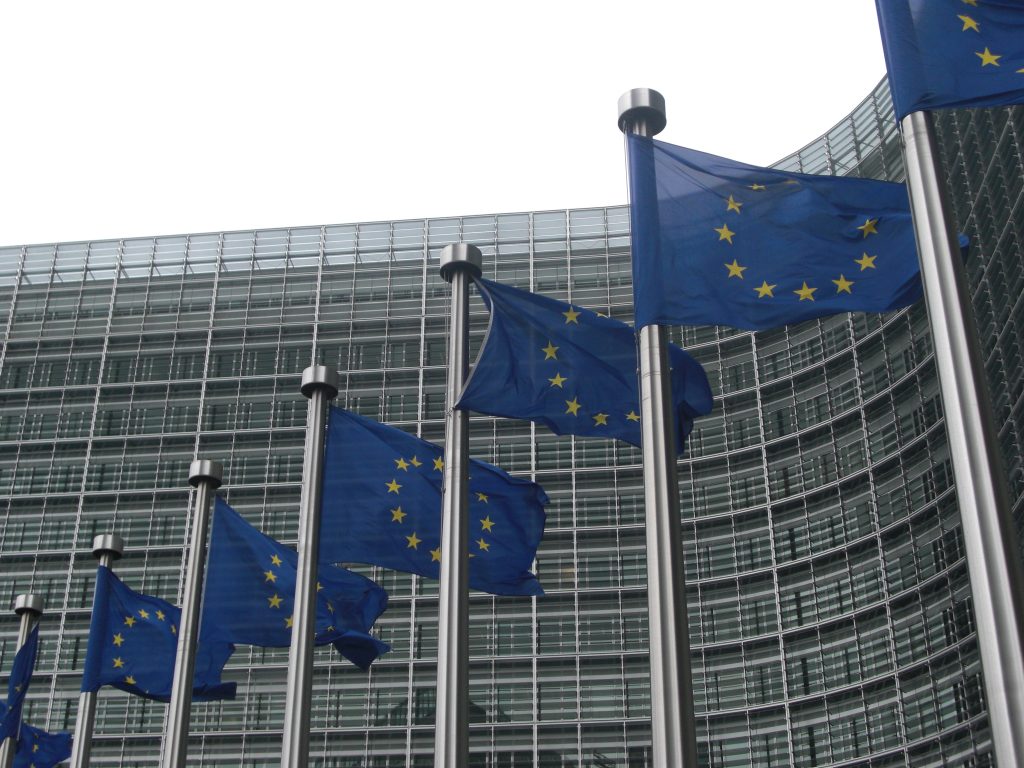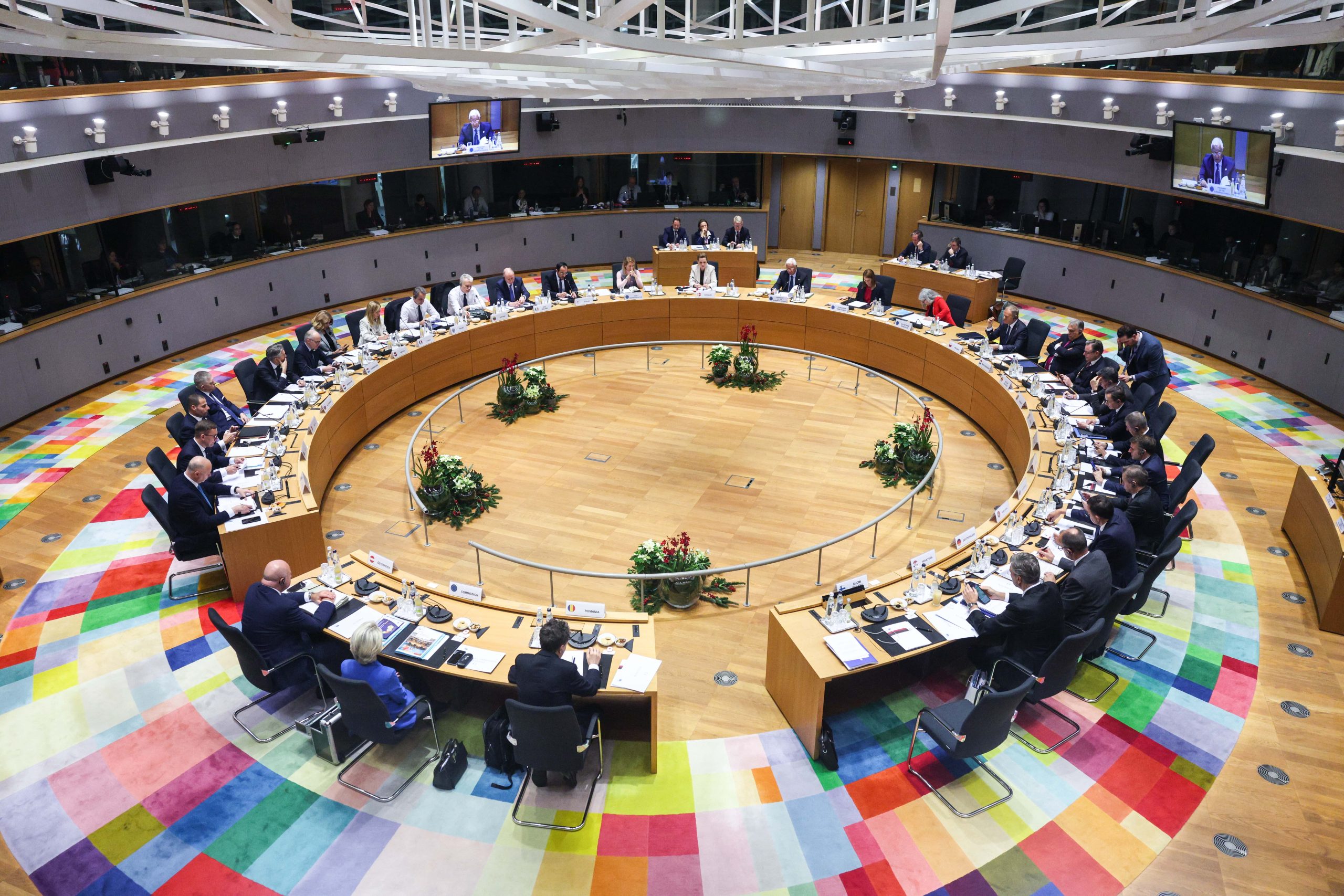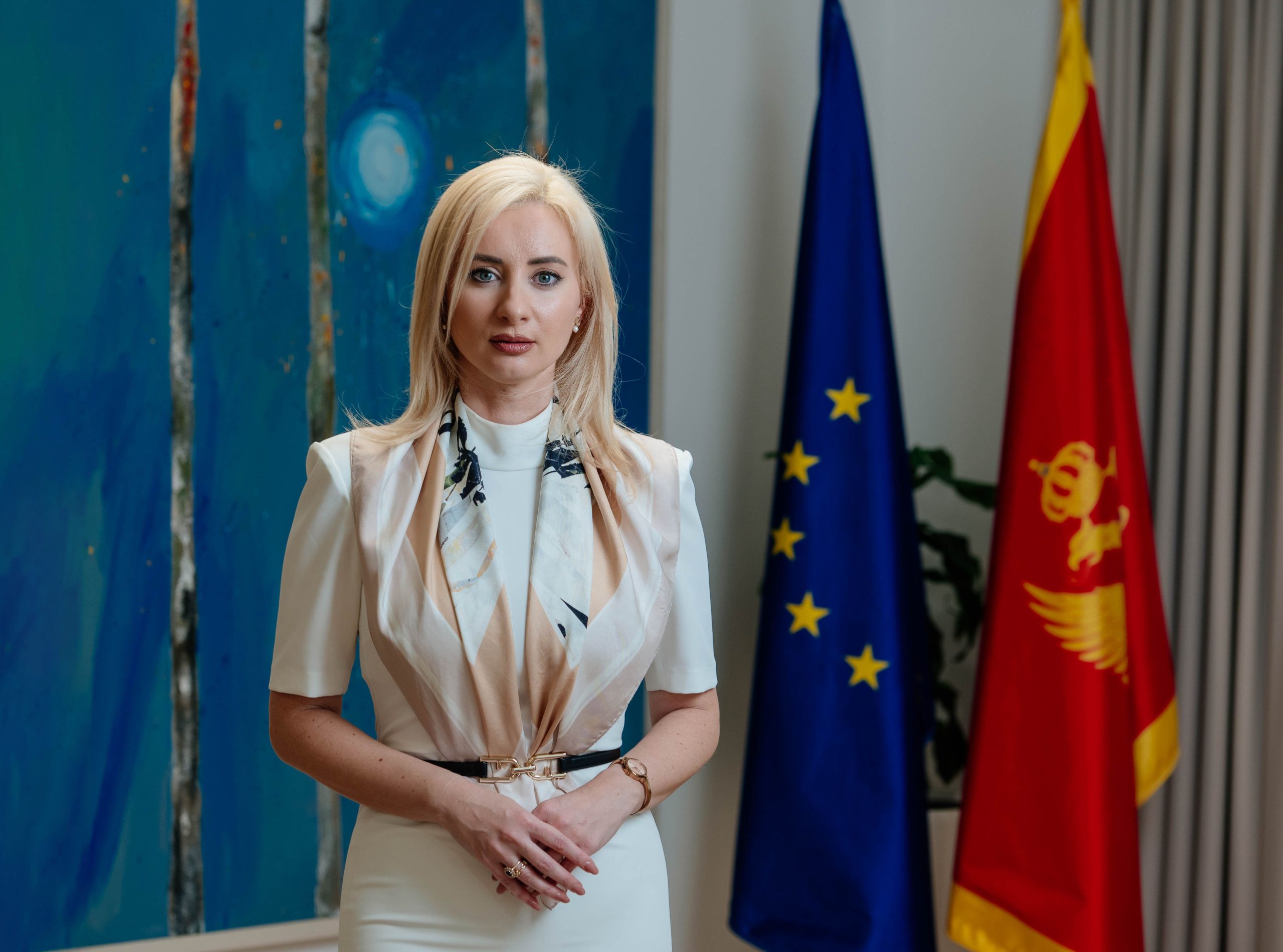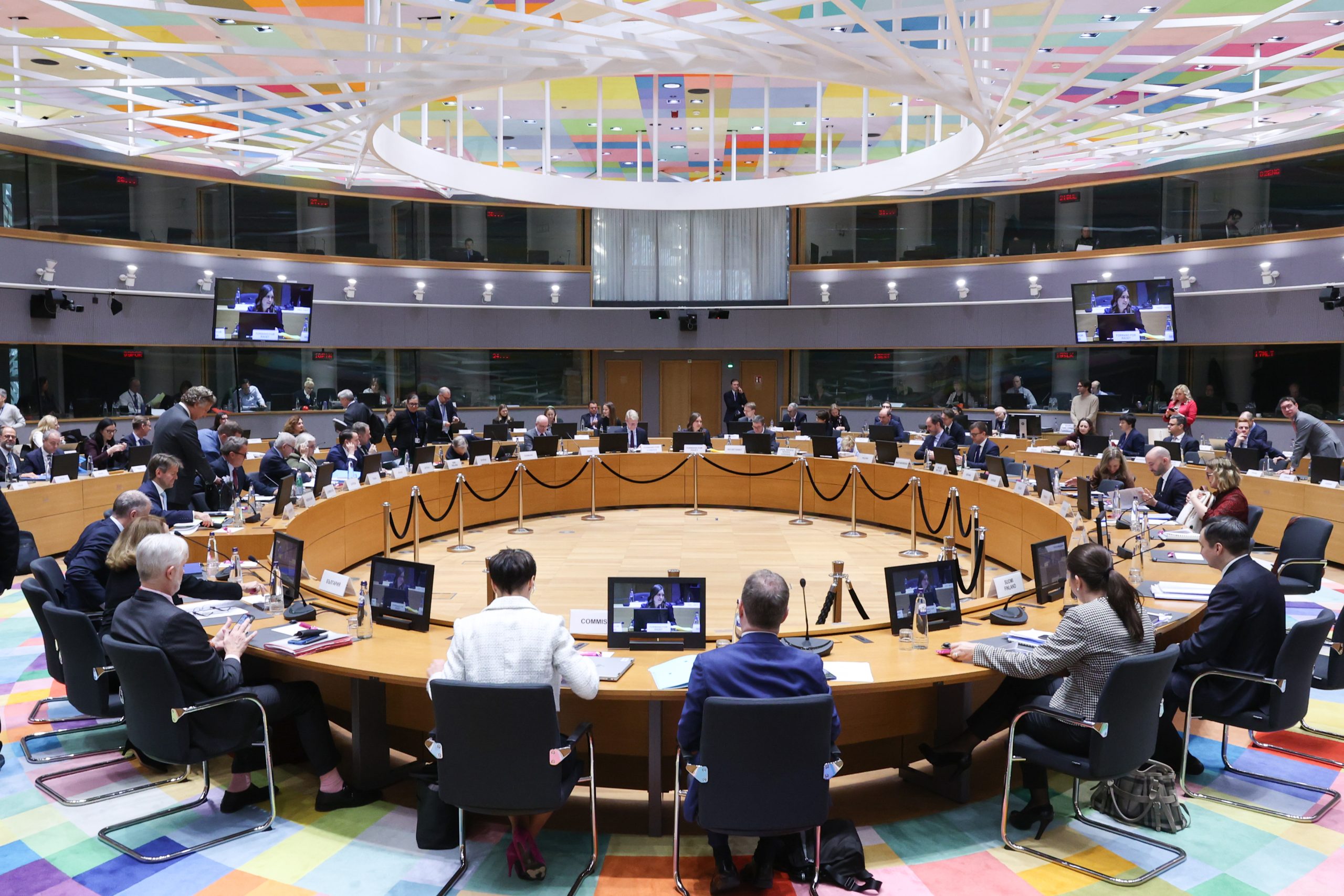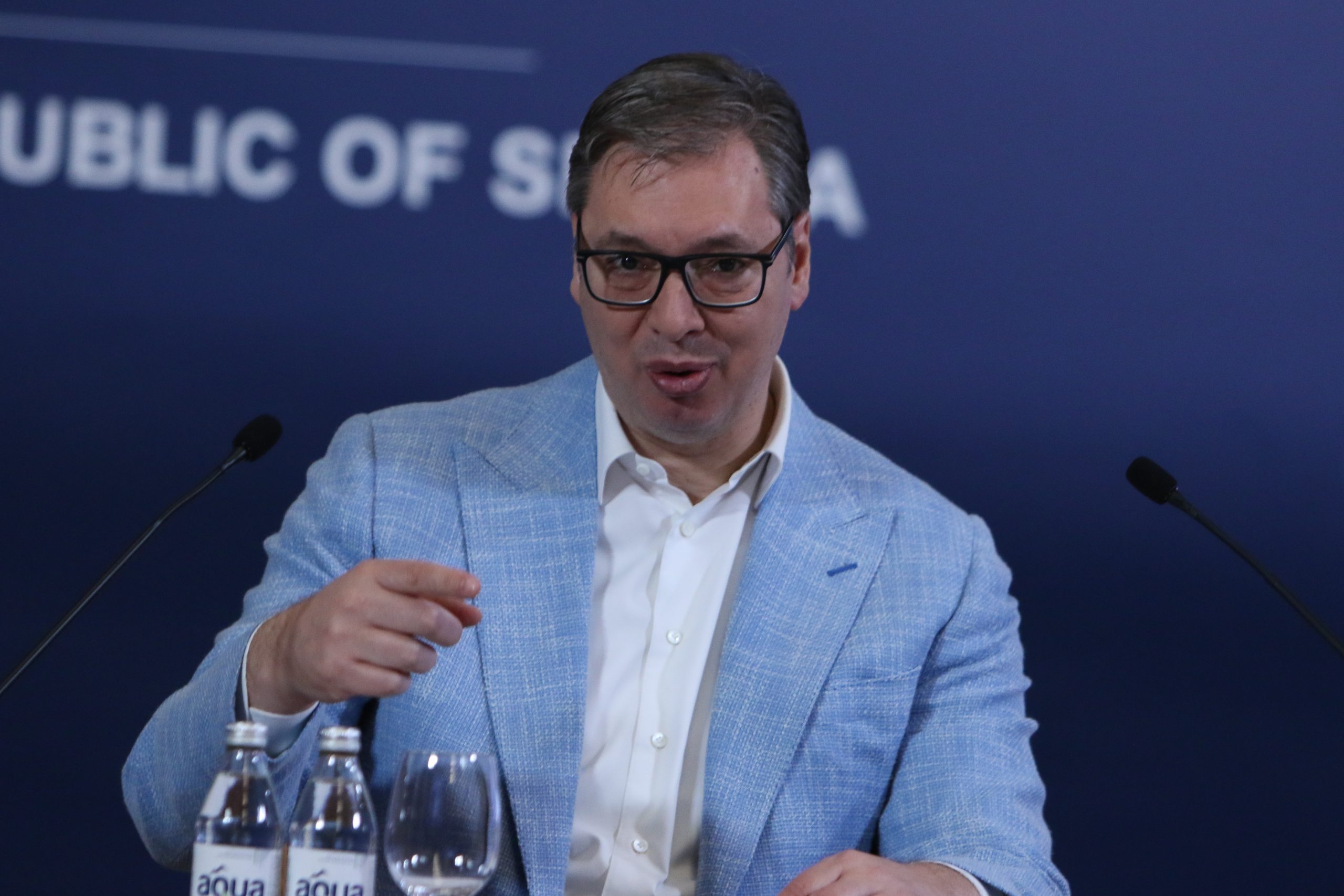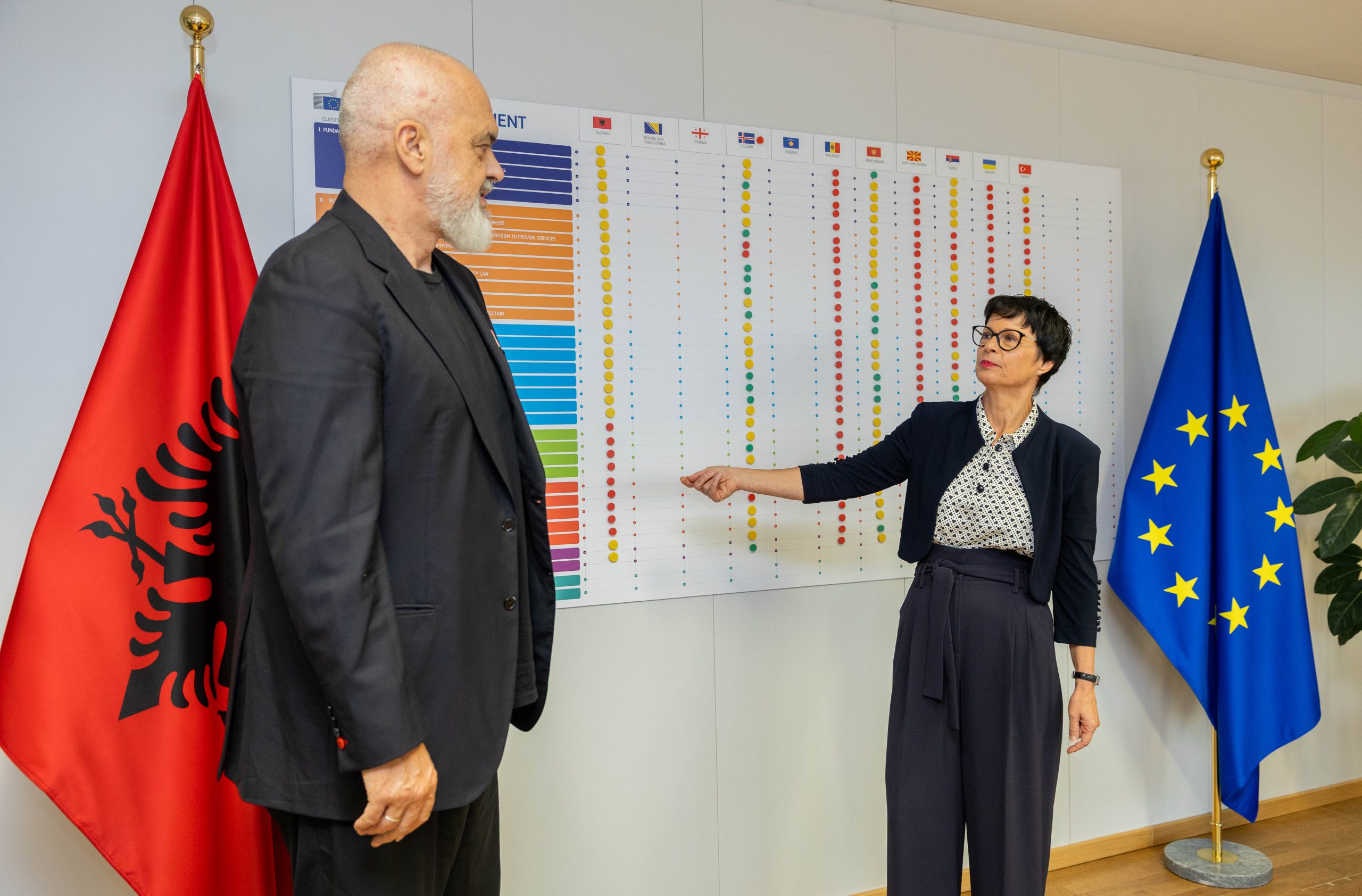BRUSSELS – European Commission published Winter 2016 European Economic Forecast, on 4 February 2016. In addition to the assessment of individual EU members states, forecast also contains outlooks for Western Balkans candidate countries.
Document: http://ec.europa.eu/economy_finance/publications/eeip/pdf/ip020_en.pdf
Macedonia
It is estimated in the forecast that Macedonian GDP growth in 2016 will amount to 3,3 %, whereas in 2017 a slight increase is expected. Furthermore, unemployment rate will continue to decline, reaching 25.8% in 2016 and 24.6 in 2017.
Commission evaluates that private investment in Macedonia remained restrained in 2015, due to domestic political situation. However, outlook is optimistic, since investment are likely to increase, as soon as the new government is installed.
Montenegro
According to the forecast, Montenegrin economy will grow by 4% this year. Moreover, as estimated by the Commission, Montenegrin economy will be among top three fastest growing economies in Europe.
Namely, it is evaluated that in 2016 the economy of EU member states will grow at an average rate of 1.9%, while it is expected that Montenegro will have a higher growth rate than 26 EU member states, as well as than all candidate countries.
Serbia
As stated in the latest European economic forecast, Serbia’s economic growth will be at 1.6 percent this year, and accelerate to 2.5 percent next year.
GDP growth is foreseen to gradually accelerate on the back of stronger domestic demand. Investment growth, in particular, is expected to stay robust, boosted by confidence effects, rising foreign direct investments, and higher public capital expenditure, the European Commission said.
On the other hand, Inflation has been persistently below the central bank target tolerance band of 4 +/-1.5%, for almost two years. The Commission forecasts inflation will reach 2.4 percent this year, and 3.6 percent in 2017.
Albania
Finally, in the case of Albania, economic growth is on an upward trajectory, thanks to increasing foreign direct investment and net exports.
The European Commission anticipates a gradual increase in Albania’s economic growth to continue, to 3.2% in 2016 and 3.5% in 2017. On the other hand, public debt, as well as unemployment rate, is expected to decrease in the forthcoming period.
